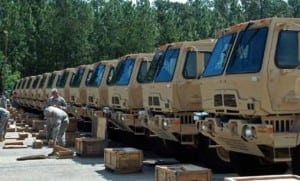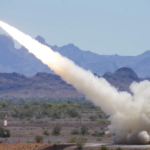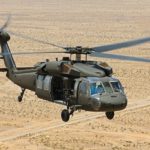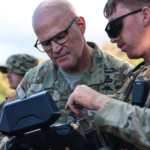
With a new, nearly half-billion-dollar contract, Oshkosh Defense [OSK] remains the incumbent manufacturer of the Army’s Family of Medium Tactical Vehicles (FMTV).The Army on Feb. 7 awarded Oshkosh Defense the $476 million, seven-year deal to build the FMTV A2 variant. Oshkosh has held the FMTV contract since 2009 but was pitted last year against Humvee manufacturer AM General in a competition to build a better truck.FMTV is the Army’s primary workhorse behind the lines, hauling supplies and providing combat support…

 By
By 











